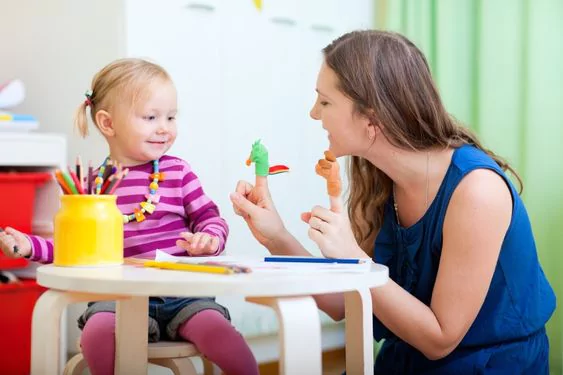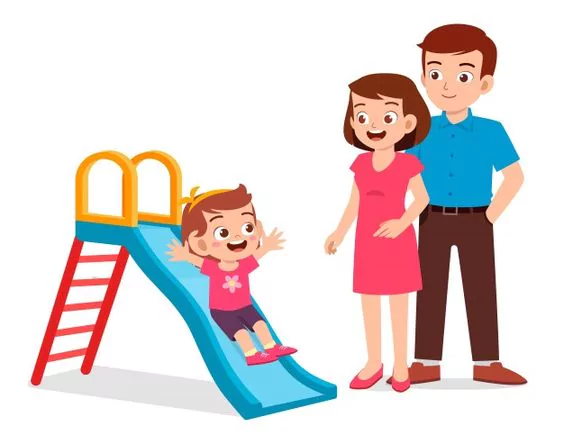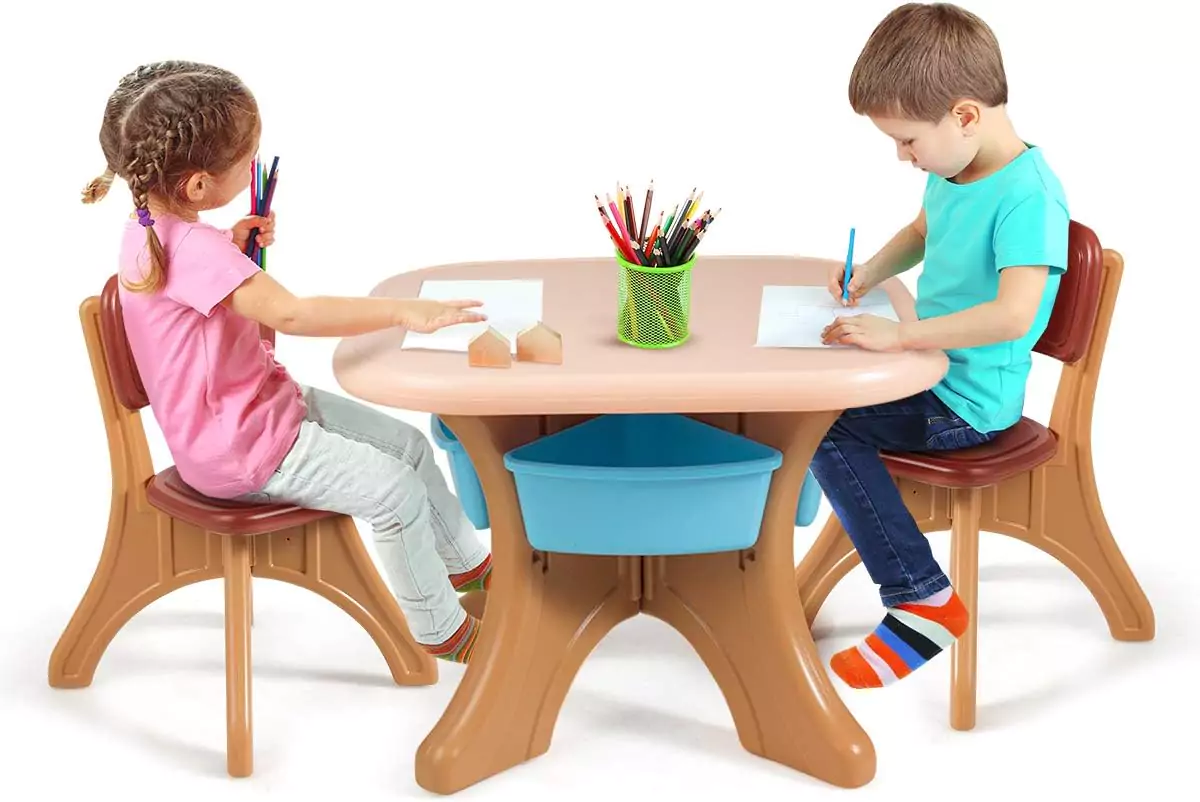
Update: This article was last updated on 24th January 2025 to reflect the accuracy and up-to-date information on the page.
Breaking down concepts into relatable examples is one of the best approaches to make it understandable to children. Instead of relying solely on definitions, using real-life examples of innovation can make the concept more tangible and understandable for kids.

Teaching Innovation to Your Kids
What is innovation?
Innovation is like coming up with cool ideas that make our lives better and more fun! Imagine your child has a toy and says, “What if it had wheels to move faster?”
Encourage them to try it out, maybe even help if they’re young. When it’s done, tell them they just innovated their toy by making it better with their awesome idea! More likely, children would understand the concept and relate it to their own lives by showing how innovation manifests in everyday situations or things they encounter. The approach explains it in simpler terms and makes it more interesting and, hence, learnable for young minds.
To other older children, innovation can be described with all different definitions.
For example, consider a child who loves playing with toy cars. Maya is the name of this child. One day, she realized that her cars did not go fast enough on her carpet. Maya thought, “What if I could create a ramp?” She used cardboard, tape, and some books to make a ramp that allowed her cars to zoom across the room. Her simple yet effective idea is an example of innovation for children—improving something with creativity and problem-solving.
Innovation can be stated as “The Introduction of something new” and “A New Idea, Method or Device
Webster Merriam
Definitions
Innovation can be simply defined as a “New Idea, Device or a method”.
Innovation can also be defined as the application of better solutions to meet new or existing market requirements.
Innovation can be stated as “The Introduction of something new” and “A New Idea, Method or Device.”
Innovation is the successful exploitation of new ideas
Department of Trade and Industry, UK
No one can deny that innovation is one of the key skills when it comes to a kid’s future. Innovative thinking helps kids to see new opportunities, express creativity, and develop problem-solving skills.
Innovation is not innate; it is a skill that parents and mentors can help their children develop.
Remember, children are always thinking of something extraordinary that contributes to the development of their minds from a very early age.
Methods of explaining and fostering innovation in children:
| Point | How to Encourage |
|---|---|
| 1) Develop Curiosity | Encourage exploration and ask open-ended questions. |
| 2) Encourage Taking Risks | Support them in trying new things and not being afraid of failure. |
| 3) Let them choose & Decide | Give them options and let them make decisions. |
| 4) Provide a purpose | Show how their creative efforts contribute to something meaningful. |
| 5) Encourage kids to play more | Promote activities that involve imagination and creativity. |
| 6) Praise their Efforts | Focus on the process and effort, not just the end result. |
| 7) Create a space for their Ideas to be shared | Provide a platform for them to express and discuss their ideas. |

1. Develop Curiosity
Kids are always curious about new things. If we develop their curiosity, they will undoubtedly try to learn more and develop themselves which will lead them to innovate.

2. Encourage Taking Risks
Parents and teachers should encourage children to take risks. No one can learn and become better without risks. So, instead of protecting their children from risks, parents should encourage them to take risks so that they can learn to overcome the risks that they will face in the future.

3. Let them choose & decide
Normally, it is the parents or teachers guiding the children. To some extent, it benefits; however, parents and teachers should not choose and decide for the kids. Kids need to learn how to handle the consequences of their decisions; it will enable them to be creative and innovative.
Recommended Reading: Expert Opinion: Skills Your Child Needs to Become Future Ready

4) Provide a purpose
The best way to light the spark of a child’s creative thinking and innovation is to ask them to help solve a challenge that requires them to come up with a solution or make something that will genuinely help them solve a problem.

5) Encourage kids to play more
Children are always ready to play. So, allowing children to imagine themselves to be their favorite characters increases their creative thinking skills. That creativity helps in the growth and clear thinking in their minds. When they play, there is a certain sense of creativity and positivity surrounding them. Hence, instead of engaging the children with mobile phones inside, send them out into the world to discover and experiment.

6) Praise their efforts
When children try something new, we should praise them. We can also praise children for working hard, trying new strategies, and being creative
According to one study, children benefit more from recognizing their efforts than their skills.

7) Create a space for their ideas to be shared
No one knows everything. Everyone looks for something in search of answers to questions and solutions to their problems. Rather than stopping the children from such efforts, the elders must respect the efforts of the children and give them space to present their ideas.
Examples of Innovation
Practical examples bring innovation for kids more into their minds and make them more inspired. Here are some extraordinary stories of the innovators at young ages:
- Taylor Wilson, the teenager who produced a working nuclear fusion reactor at the age of 14, exemplifies how curiosity and determination can lead to extraordinary achievements. His innovation shows how children, when guided and encouraged, can tackle complex problems.
- Alina Morse, a 9-year-old inventor of Zollipops, a line of sugar-free lollipops that promote oral health, is an example of how innovation can be used by children to solve everyday challenges creatively. Her success story encourages kids to think about how their ideas can make a positive impact.
Even small, everyday innovations can inspire children to think differently. For instance, a child designing a toy with interchangeable parts to create new play experiences reflects the essence of innovation for children—finding creative solutions to make life more enjoyable or efficient.
These examples show that innovation for children is not necessarily about extraordinary inventions but can be from simple ideas that solve real problems. Encourage your child to experiment and explore, as their innovative ideas today could shape the world of tomorrow.
Conclusion
Children are unique, and individuality is the key. These points form a foundation, but it is important to customize them according to your child’s needs. Customizing the approach allows you to connect with your child better, helping them understand what innovation means to them, according to their personality and interests. Embracing their uniqueness ensures a more personalized and effective learning experience about what innovation truly means.
Moonpreneur is on a mission to disrupt traditional education and future-proof the next generation with holistic learning solutions. Its Innovator Program builds tomorrow’s workforce by training students on AI/ML, Robotics, Coding, IoT, and Apps, enabling entrepreneurship through experiential learning.
























useful content to share with us keep sharing it with us!
How can I explain Innovation to my child in most simplest words?
Sometimes, words might not be the best way to explain something, show them a real life example and encourage them to think in the way that makes the difference.
What is the right age to teach my child to tech and innovation?
Start with simple, age-appropriate activities around age 3, gradually incorporating educational apps and creative projects as they grow, ensuring a balanced and supervised approach.